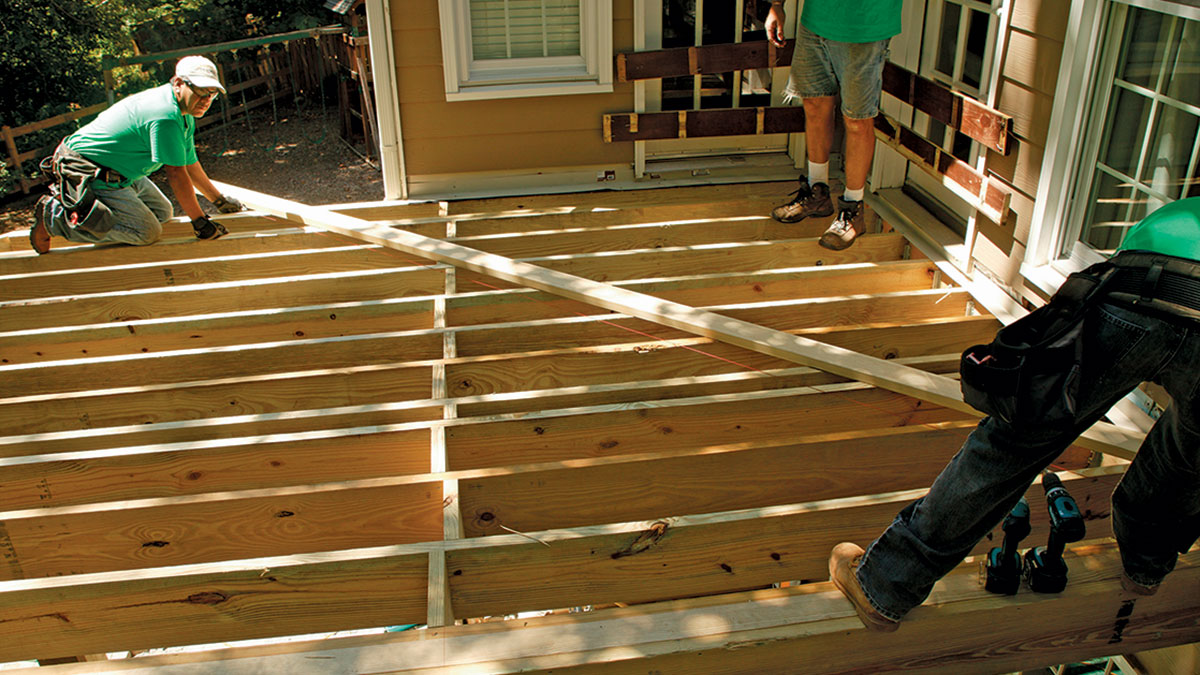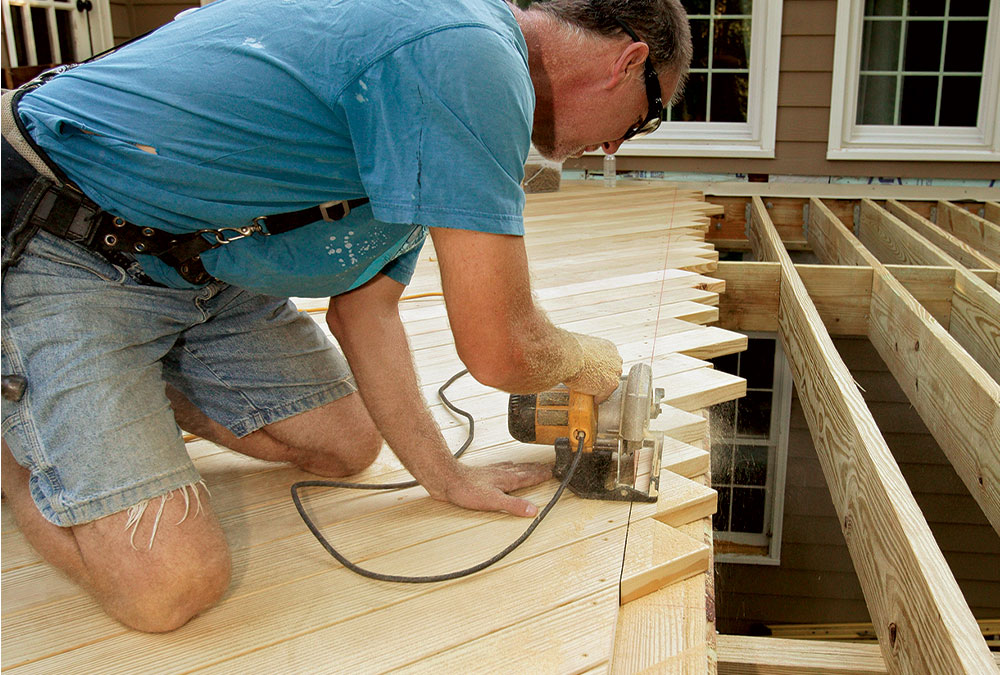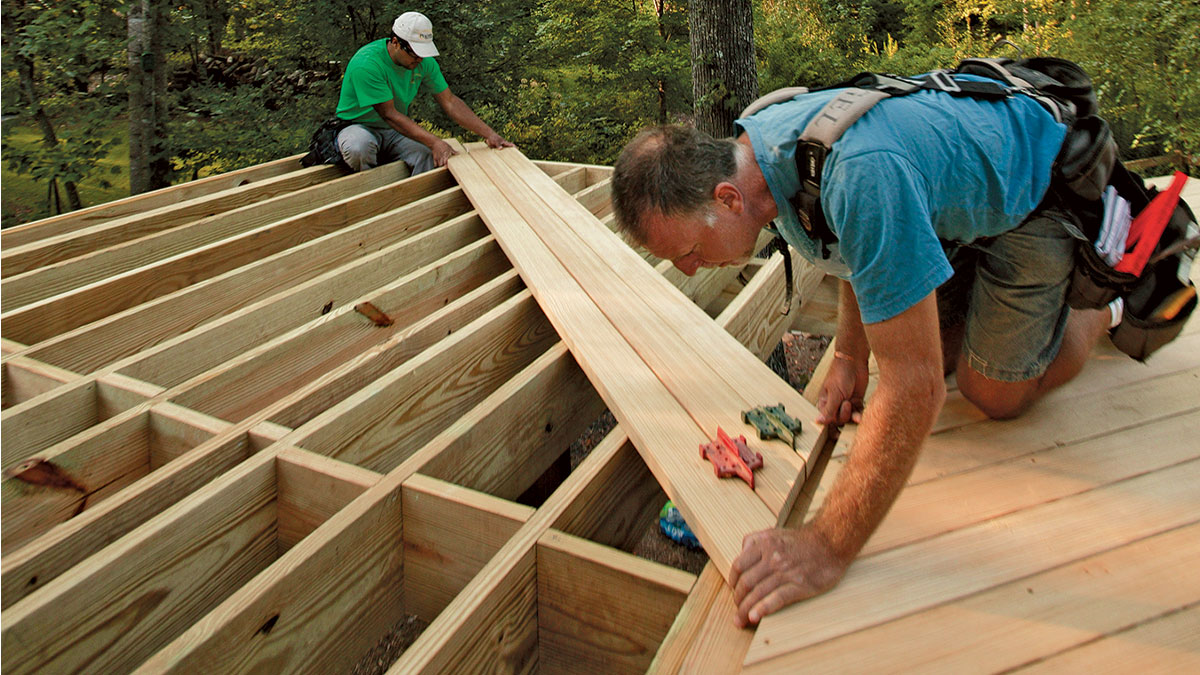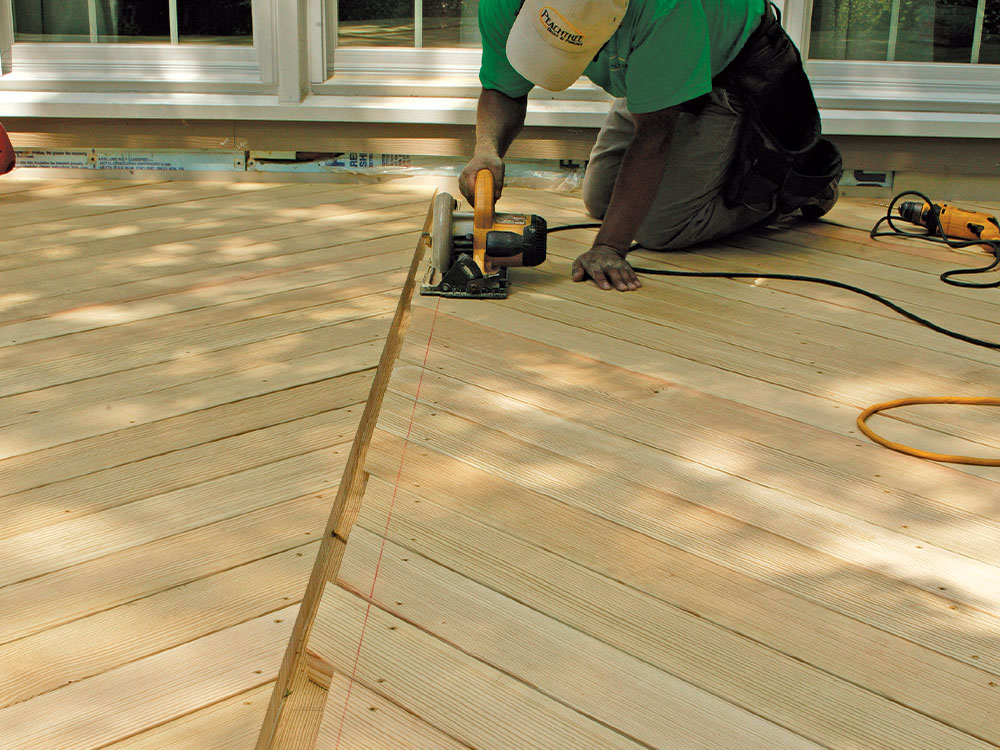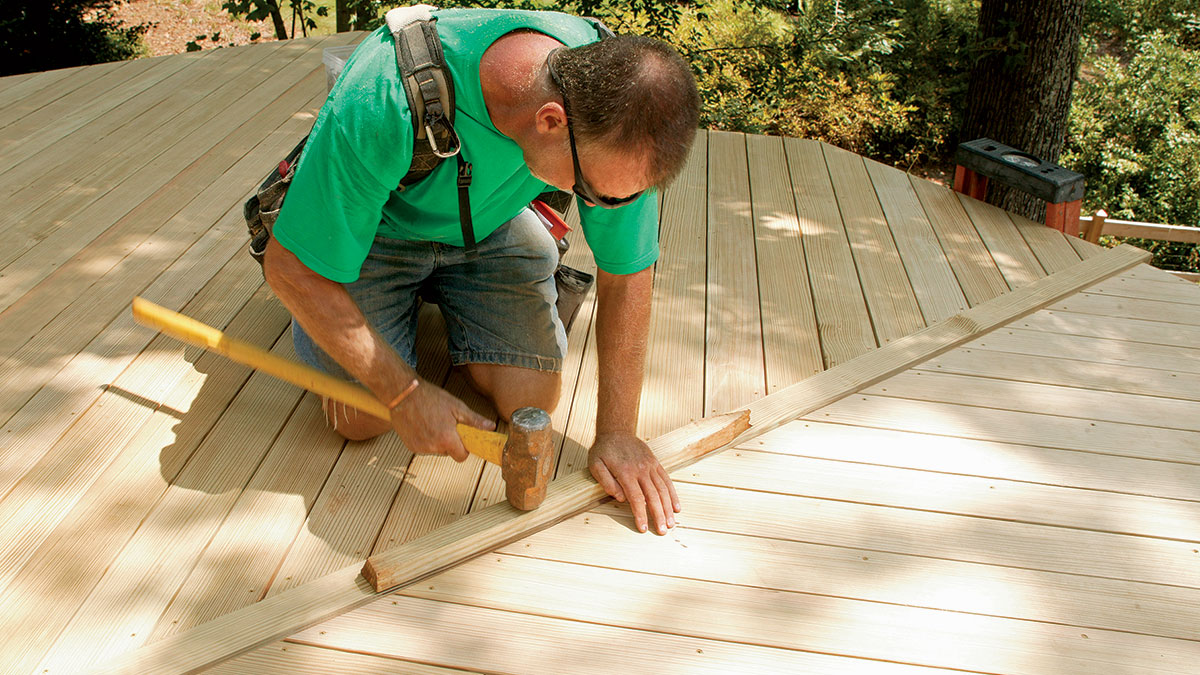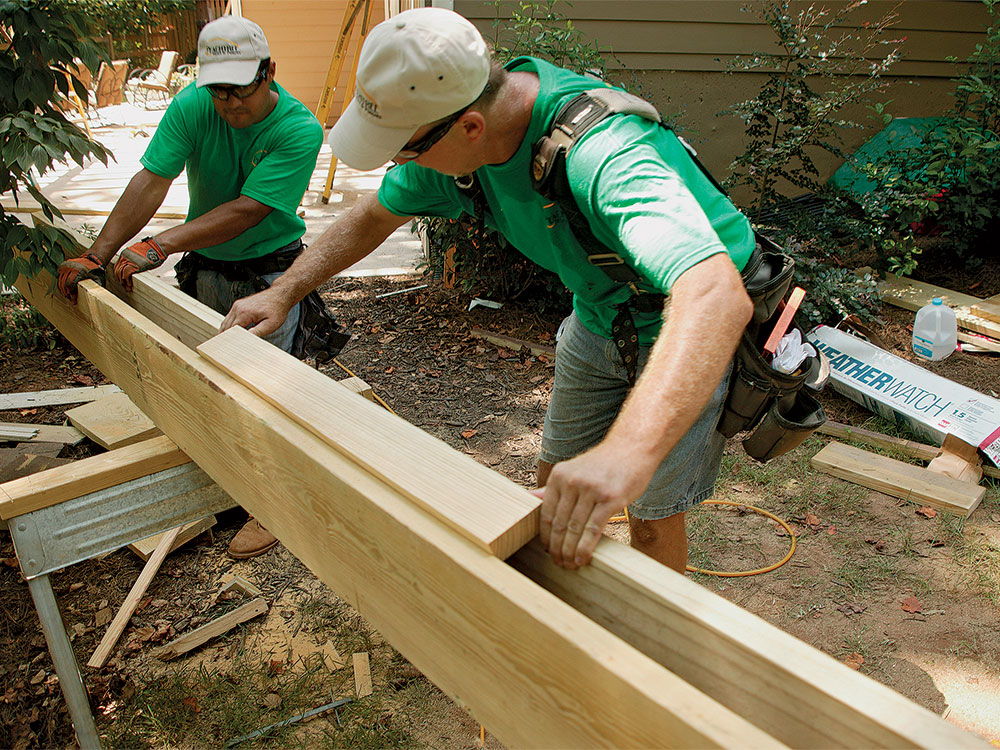Decking on the Diagonal
Dress up your next deck by setting the boards at an angle.
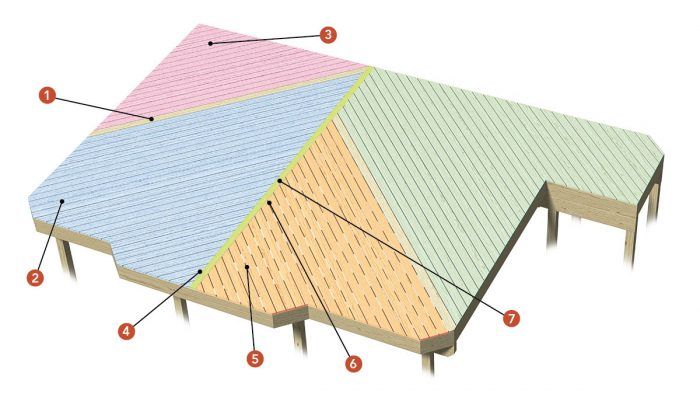
Synopsis: This article gives seven tips for installing a deck in a diagonal pattern.
The decking is the finished surface of a deck, so we put a lot of effort into its visual details and installation. Because these particular clients liked the look of natural wood but wanted to minimize maintenance, we opted for the stability of 2×5 vertical grain pressure-treated yellow pine that was kiln-dried after treatment (KDAT). We often use a diagonal decking pattern as well—not just because it looks good, but because it allows us to run single boards out to the perimeter, avoiding butt joints in the field. Although hidden fasteners are always an option, on this project we attached the decking with coated deck screws, drilling pilot holes for all the screws to reduce splits. And for the sake of accuracy, we used impact drivers one screw at a time rather than collated screw guns with extensions.
1. Establish the angle
Run the first board from the corner. The 45° decking angle is established by measuring a right triangle from the intersection of the house and the parting beam, then snapping a chalkline as a reference for the first board.
2. Install decking efficiently
Cover the area quickly. For better workflow, lay out the decking from the first board toward the perimeter, leave it long, and tack it into position. Later, go back, drive all the remaining screws, and trim the board ends where they overhang the perimeter.
3. Slow down in small areas
This is the place for precise cuts. Once the outer portion is filled in, the inner corner can be tackled. Hemmed in by the house, each board must be cut to fit on both ends.
4. Create a space for the parting board
Chalk the midline, and cut. When one side of the decking is complete, chalk a line just inside the parting beam, and trim the deck-board ends at the line. Always use blue or white chalk; red is indelible.
5. Fill in the other side
Start in the middle. To establish the duplicate angle, dry-lay a group of three boards, aligning them with the opposite side. Starting in the middle reduces the chance of accumulated error. Check the angle, then fasten the boards and fill in on both sides of the group.
6. Chalk another line, and cut
Trim the centerline. Once the decking is installed, snap and cut a line on the parting beam to create the exact space for the parting board that will run down the center. A straight line looks better, so work slowly, follow a guide, or use a track saw.
7. Install the parting board
Make it tight. Rip the parting board with a slight bevel on both edges so that it fits snugly in the space between the two fields of decking. A sledge hammer and a block help persuade the fit.
Framing for diagonal decking
A parting beam, added during the framing stage, supports the board ends at the center of the deck. Join two joists with a full-length 2×4 along the top edge and 2×4 blocking underneath.
Fine Homebuilding Recommended Products
Fine Homebuilding receives a commission for items purchased through links on this site, including Amazon Associates and other affiliate advertising programs.

Cepco BoWrench Decking Tool
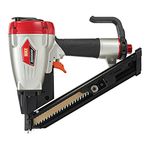
Metal Connector Nailer

FastenMaster Screw Bolt Fastening System

